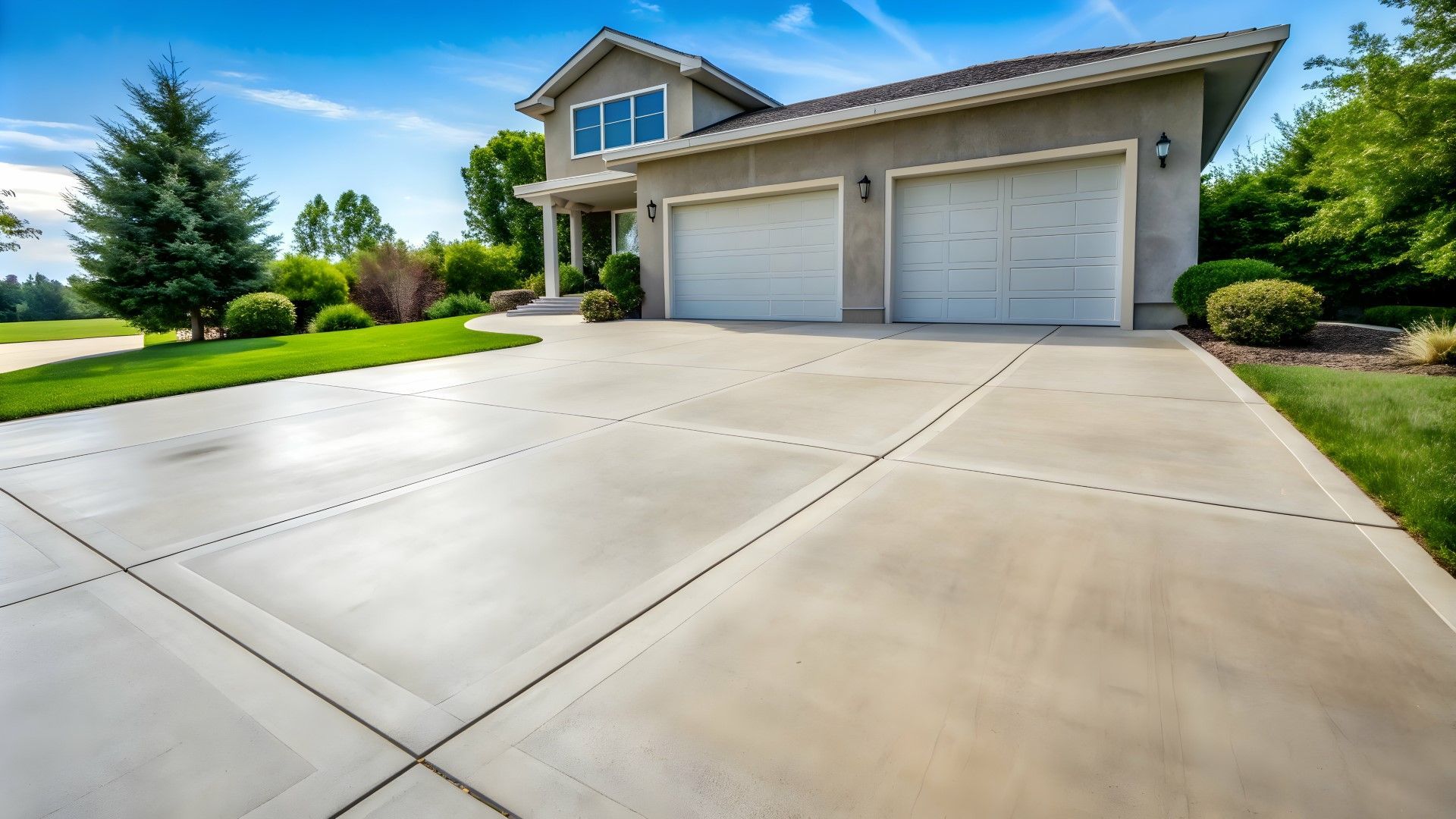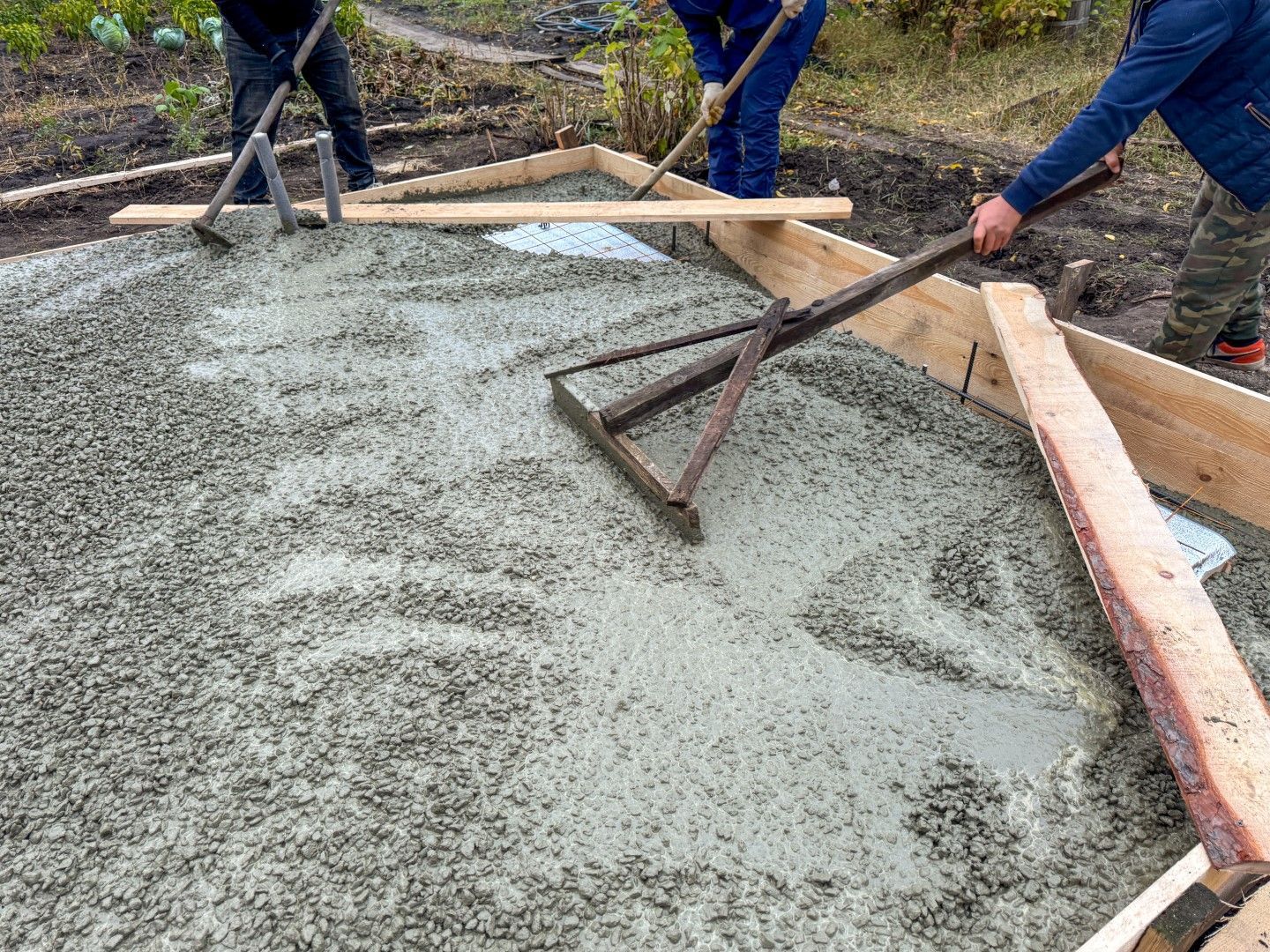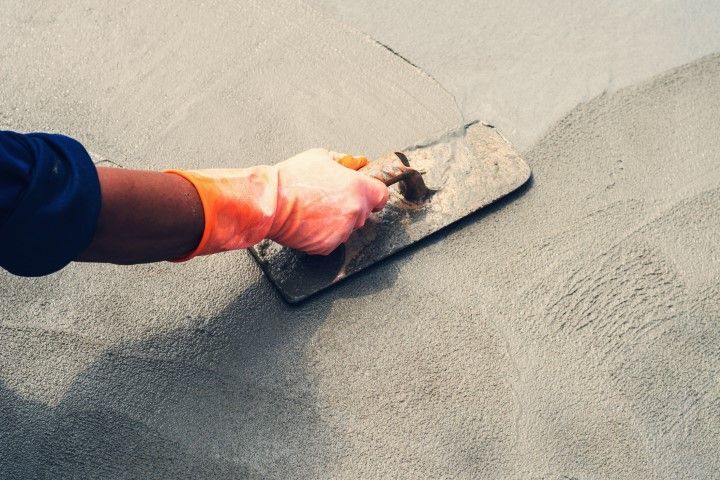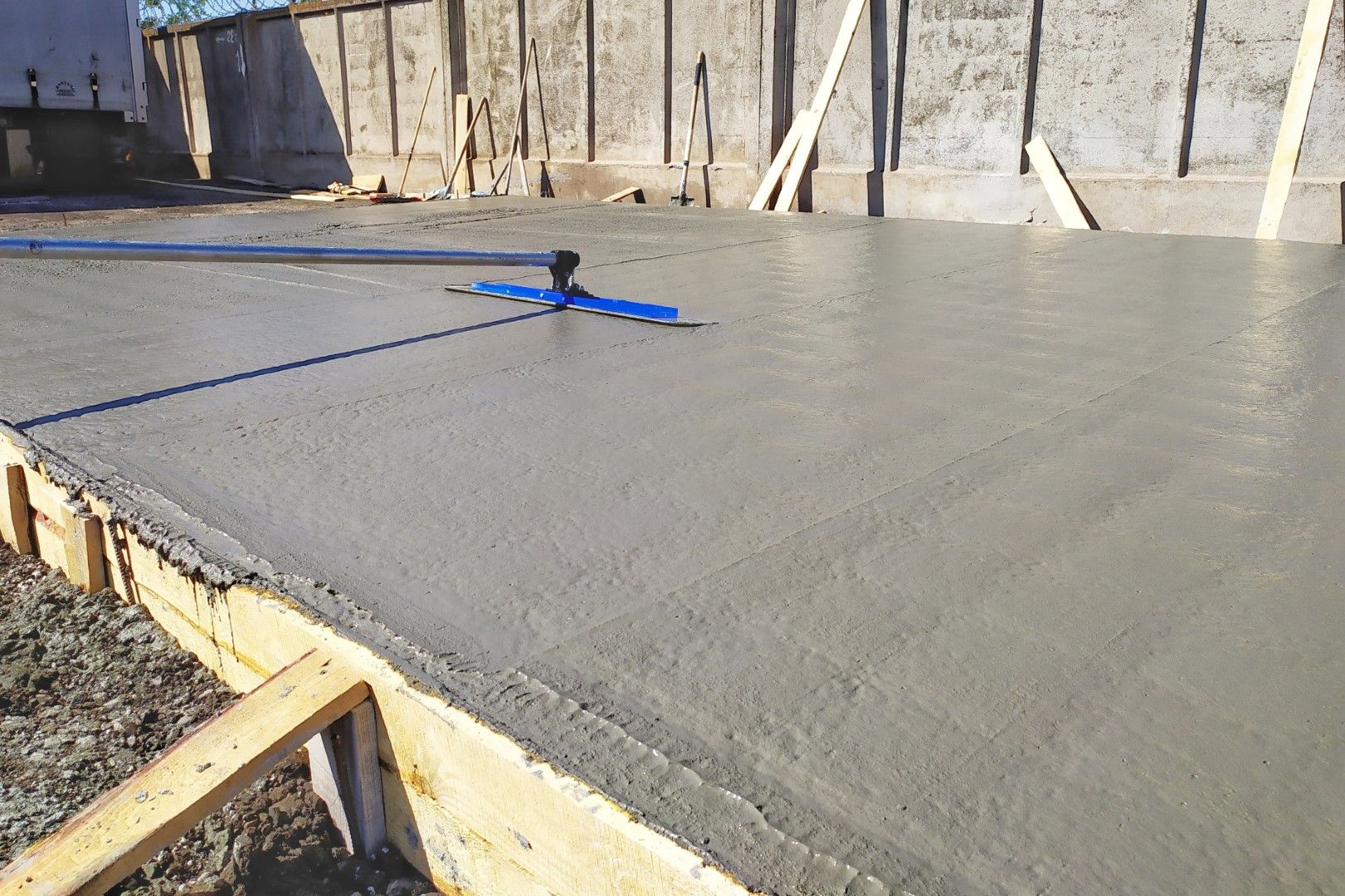Discover eco-friendly concrete options for Sonoma County homes. Build sustainably with green materials that reduce your carbon footprint and last longer.
Sustainability is no longer just a trend, it’s a way of life for many homeowners in Sonoma County, CA. From solar energy to drought-tolerant landscaping, eco-conscious living is shaping how homes are built, renovated, and maintained. But there’s one area where many people don’t realize they can make a difference: concrete.
Concrete is one of the most widely used building materials in the world and it’s also evolving to become stronger, greener, and more sustainable. If you’re building or remodeling in Sonoma County, here’s how you can make your project both durable and environmentally responsible with eco-friendly concrete options.
1. Recycled Aggregate Concrete
Recycled aggregate concrete replaces a portion of traditional gravel and sand with crushed concrete, stone, or glass from demolition and construction waste.
Why It’s Eco-Friendly:
Reduces landfill waste by repurposing old materials.
Lowers the demand for new raw materials.
Performs just as well as standard concrete for driveways, patios, and foundations.
Local Advantage:
Using recycled aggregates sourced within Sonoma County further reduces transportation emissions, keeping your project both sustainable and local.
2. Supplementary Cementitious Materials (SCMs)
Traditional concrete uses Portland cement, which produces significant CO₂ emissions during manufacturing. By partially replacing cement with SCMs like fly ash, slag, or silica fume, builders can dramatically reduce concrete’s carbon footprint.
Benefits of SCMs:
Uses industrial by-products that would otherwise go to waste.
Enhances concrete strength and durability.
Improves resistance to moisture and cracking.
Pro Tip:
Ask your concrete contractor about mixes that use 20–40% SCMs — a perfect balance for eco-friendly home construction in Sonoma County without sacrificing performance.
3. High-Performance and Long-Life Concrete
Sometimes, the greenest option isn’t about using less — it’s about using better materials that last longer. High-performance concrete (HPC) is engineered to be more durable, reducing the need for frequent repairs or replacements.
Sustainability Benefits:
Extends the life of driveways, patios, and foundations.
Reduces long-term material and energy consumption.
Withstands Sonoma County’s weather fluctuations and seismic activity.
Durability equals sustainability — less replacement, less waste, and fewer resources used over time.
4. Pervious (Permeable) Concrete for Water Conservation
Water management is a major concern in California’s drought-prone regions, including Sonoma County. Pervious concrete, also known as permeable or porous concrete, allows rainwater to seep through and return to the soil, reducing runoff and promoting groundwater recharge.
Why It’s Ideal for Sonoma County Homes:
Reduces water runoff and flooding.
Filters pollutants naturally before water reaches local waterways.
Supports drought-tolerant landscaping and sustainable drainage systems.
Applications:
Perfect for driveways, walkways, and patios — especially in areas where local regulations encourage stormwater management and sustainability.
5. Locally Sourced and Low-Carbon Concrete Mixes
Choosing locally sourced concrete minimizes transportation-related emissions and supports Sonoma County businesses. Many modern concrete suppliers also offer low-carbon mixes that reduce cement content and utilize recycled water during production.
Environmental Benefits:
Lowers CO₂ emissions from production and transport.
Reduces energy use during mixing and curing.
Supports the local green building economy.
Pro Tip:
When planning your next concrete project, ask your contractor for EPD-certified (Environmental Product Declaration) materials to ensure verified sustainability standards.
6. Integrating Concrete with Sustainable Design
Eco-friendly concrete isn’t just about the mix — it’s about how it’s used. Pairing concrete with sustainable design principles enhances both form and function.
Smart Design Ideas for Sonoma County Homes:
Combine pervious concrete with native landscaping to manage stormwater.
Use light-colored (reflective) concrete to reduce heat absorption and keep outdoor spaces cooler.
Integrate solar-powered lighting and recycled stone borders for added efficiency and beauty.
Concrete’s thermal mass properties can also help regulate indoor temperatures, improving overall energy efficiency.
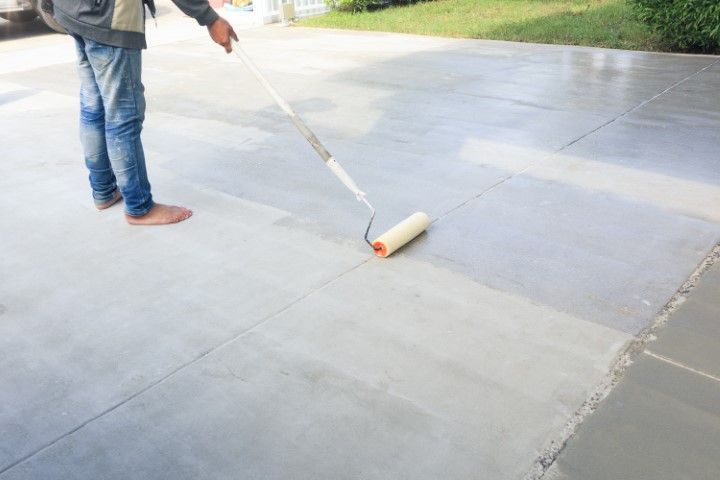
Concrete is one of the most durable building materials around, but even the strongest surfaces can wear down over time — especially under the influence of weather. In Windsor, CA, homeowners and business owners experience a mix of warm summers, cool winters, and occasional heavy rain. These changing conditions can significantly affect how long your concrete surfaces last. Whether it’s a driveway, patio, walkway, or foundation, understanding how Windsor’s climate impacts concrete can help you take preventive steps to protect your investment and extend its lifespan. 1. Summer Heat and Sun Exposure Windsor’s warm, sunny summers can cause concrete to expand during the day and contract at night. Over time, this constant movement can lead to surface cracks and structural stress. How It Impacts Concrete: Prolonged UV exposure can cause fading or discoloration. Dry heat can lead to shrinkage cracks in newly poured concrete. Temperature fluctuations accelerate wear and tear. Pro Tip: Applying a UV-resistant sealer helps protect concrete surfaces from sun damage and prevents moisture loss during the hot months. 2. Rainfall and Moisture Penetration While Windsor doesn’t experience heavy rain year-round, the winter season brings periodic storms and high humidity. Excessive moisture can seep into porous concrete, leading to erosion, cracking, and mold growth. How It Impacts Concrete: Water infiltration weakens internal structure over time. Standing water can stain or cause surface deterioration. Freeze-thaw cycles (rare but possible) can cause cracking. Pro Tip: Ensure your concrete surfaces are properly graded to allow for drainage and water runoff, especially in driveways and patios. Regular resealing keeps water from penetrating deep into the slab. 3. Temperature Fluctuations Windsor’s Mediterranean climate brings mild winters and warm days — but even moderate temperature swings can cause concrete to expand and contract, especially when exposed to direct sunlight during the day and cool air at night. Result: Micro-cracks form over time, which can lead to larger fractures if not addressed early. Pro Tip: Inspect your concrete surfaces annually and repair small cracks before they widen. Sealing joints and surfaces helps reduce thermal stress. 4. Wind and Airborne Debris The occasional strong winds that sweep through Sonoma County can carry dirt, sand, and debris that gradually wear down the surface of exposed concrete. How It Impacts Concrete: Tiny abrasions dull the finish over time. Debris buildup traps moisture against the surface. Pro Tip: Power wash your concrete surfaces periodically to remove dirt, grime, and organic buildup that could contribute to erosion. 5. Preventative Maintenance: The Key to Longevity Windsor’s weather may challenge your concrete surfaces, but with proper maintenance, you can extend their lifespan for decades. Maintenance Checklist: Seal every 2–3 years with a quality concrete sealer. Repair cracks immediately to prevent water infiltration. Maintain proper drainage around patios and driveways. Schedule annual professional inspections. A local Windsor concrete company understands the specific climate challenges and can recommend the best sealers, mixes, and maintenance practices to protect your surfaces year-round. From summer heat to winter rain, Windsor’s weather can have a lasting impact on the longevity of your concrete. But with the right care — including sealing, cleaning, and timely repairs — you can preserve your driveway, patio, or walkway for decades.
